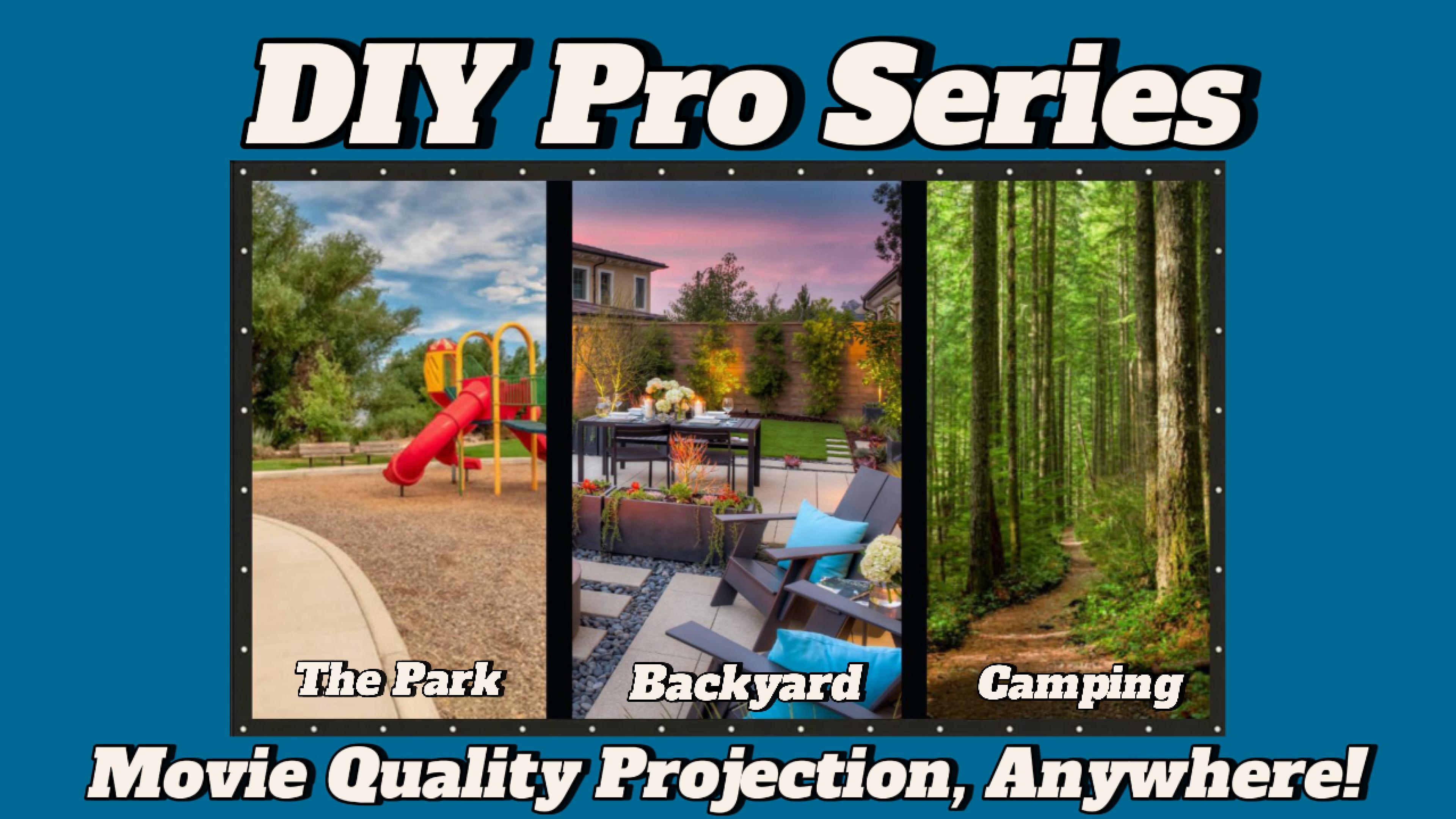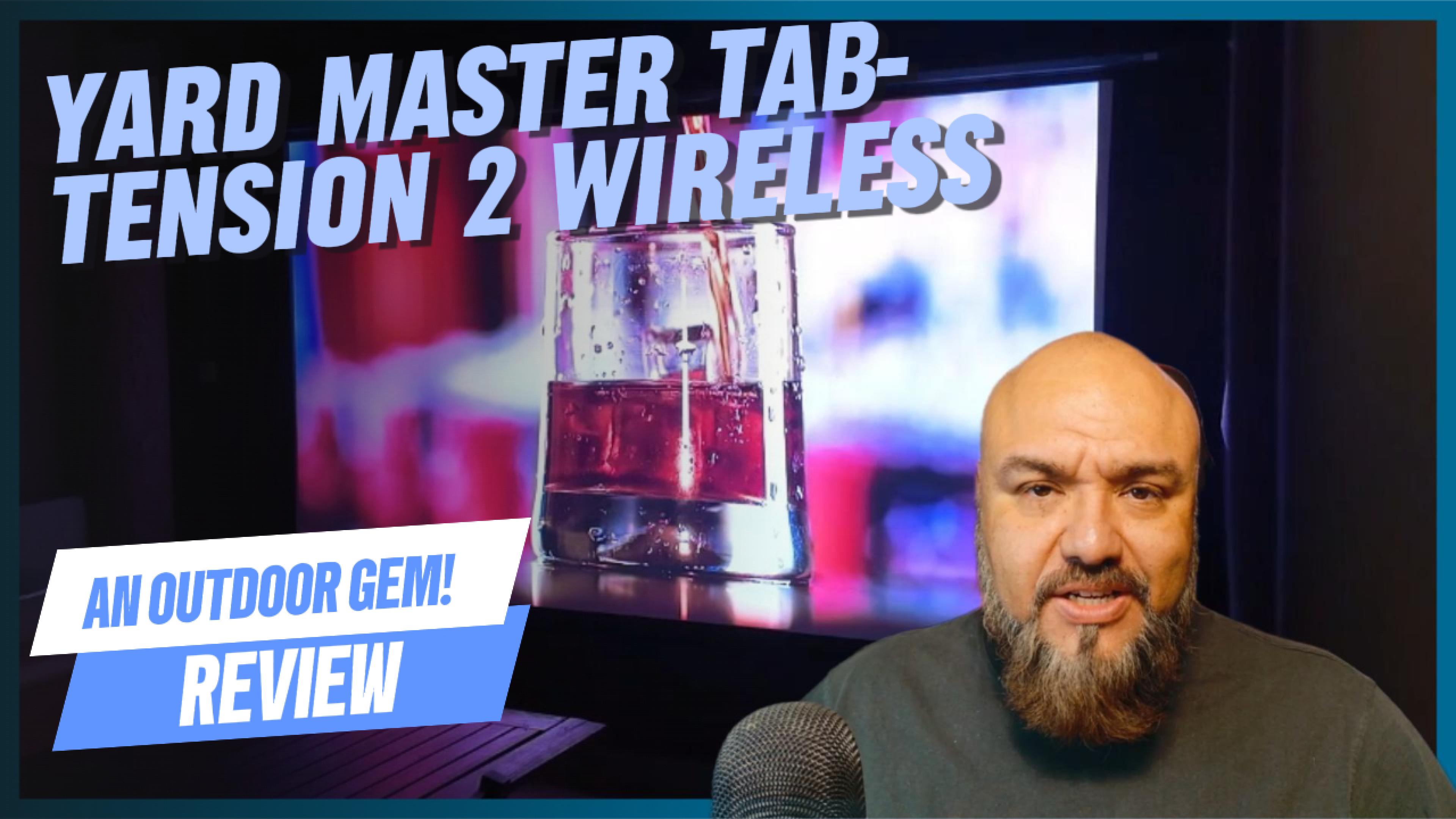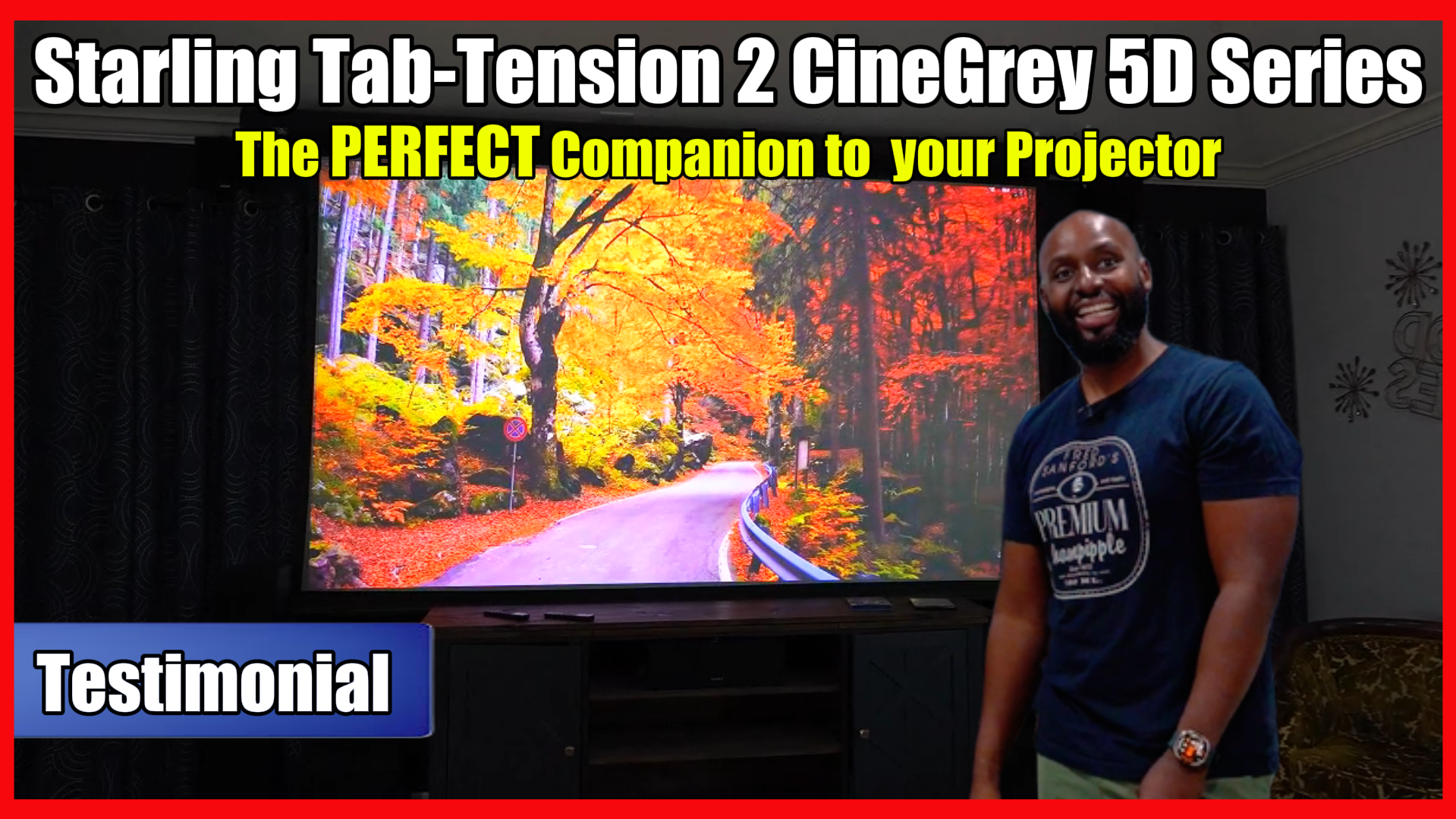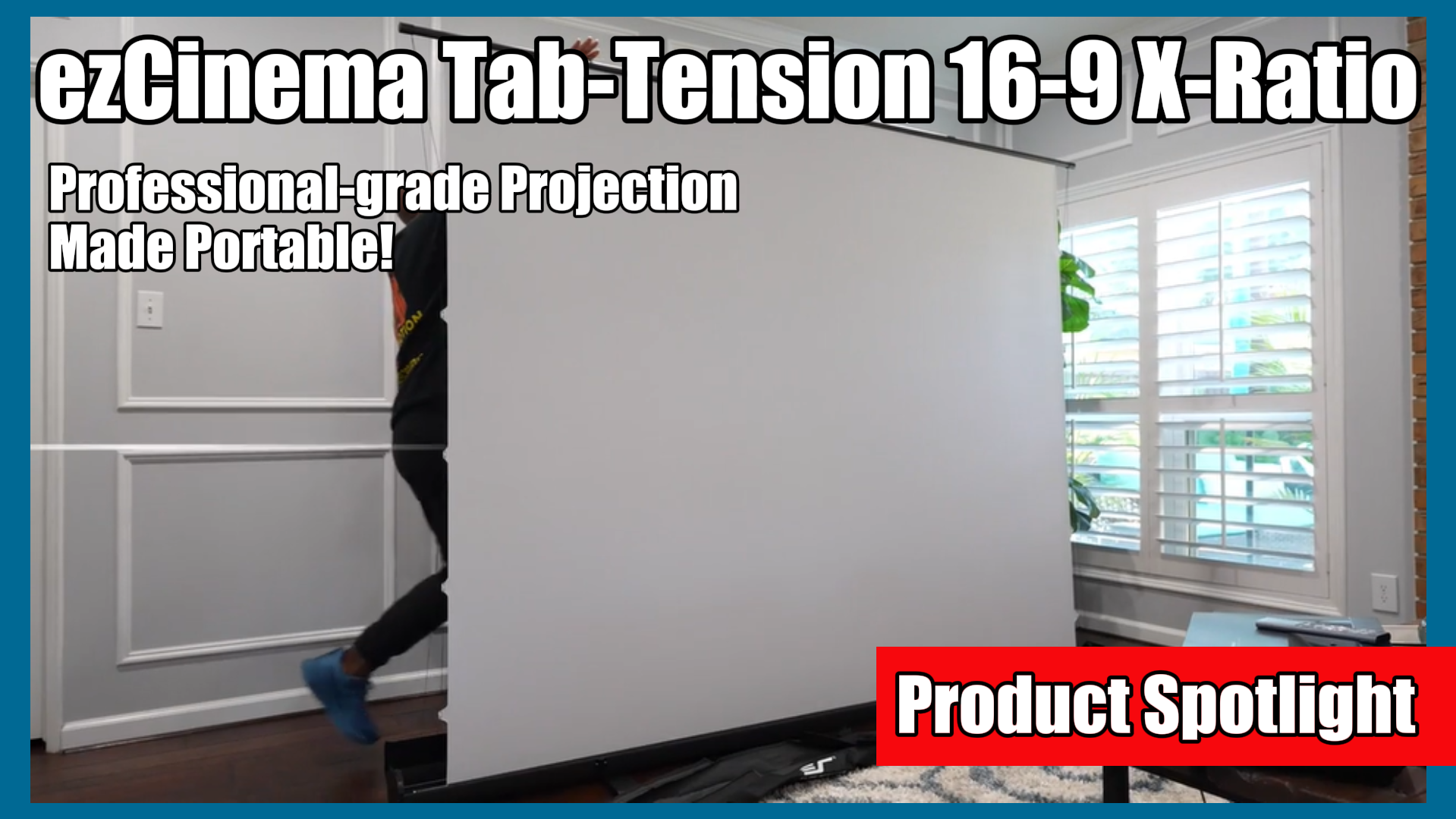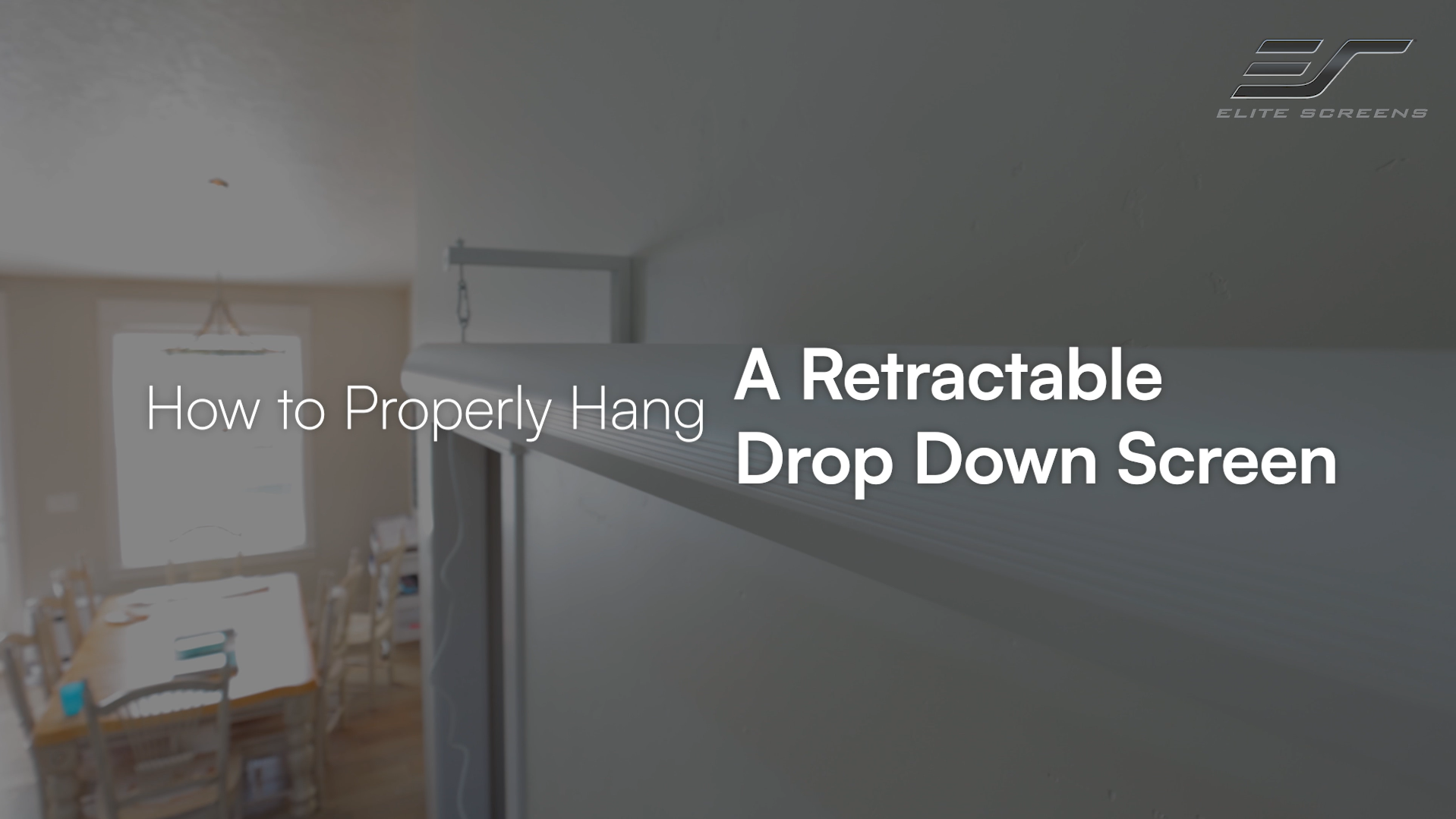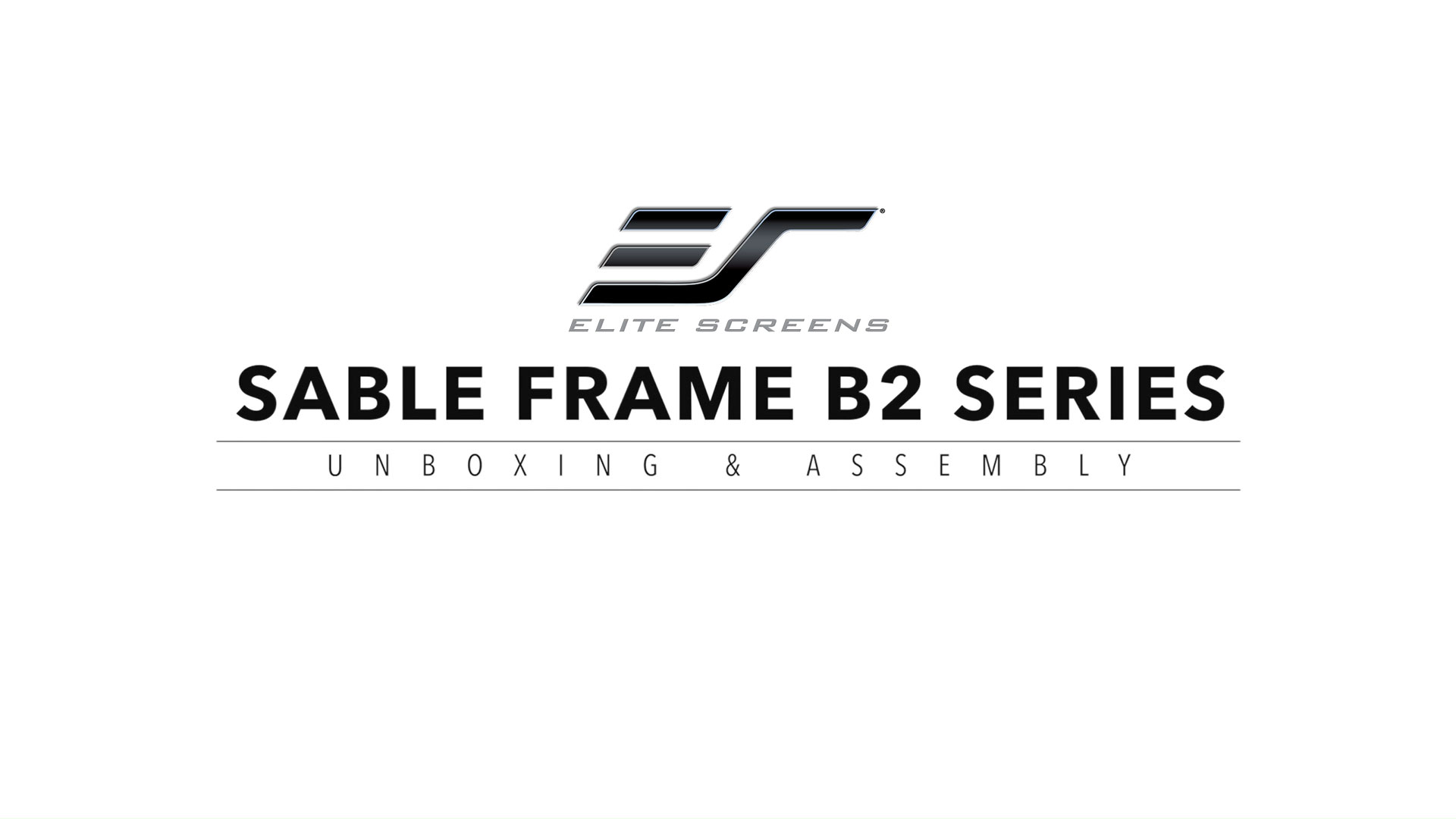There are different reasons to choose a white screen over an ALR or vise versa. The customer here heard about both and reached out to Rick for clarification. The white material turned out to be ideal for the customer’s office space but the seed has been planted to consider an ALR screen for the future.
Here are the links used in the discussion:
*The discussion below is based on actual chat transcripts with the omission of any personal/confidential material to protect the customer’s privacy. An example in this case is to change the contact’s identification name/number to “Customer” or a generic name.
Transcripts:
- 9:13:22 AM Customer – Which is better, white screen or black screen?
- 9:13:48 AM Rick – I would be glad to assist you with this. To begin, I’d like to know more about the projection room you are planning.
- 9:14:00 AM Customer – I’m glad you asked. It is for my business. I know manufacturers like to up-sell but I need an honest answer as to what will do best without spending too much.
- 9:14:59 AM Rick – I fully understand. “Black” screens are actually a dark gray specialty material that filters out ambient light so you can use it in a dark or bright room and get enhanced picture performance. White materials are less expensive and work fine as long as you can control ambient lighting. We call the latter “ALR” (ambient light rejecting) screens.
- 9:15:51 AM Customer – So for a standard conference (board) room with ambient light (blinds can be closed) a white should suffice?
- 9:15:54 AM Rick – Depending on how well you can control ambient light (blinds-electric lighting, etc.) always ask the projector manufacturer, but a projector with a good output for about 3500-4000 lumens or more should serve you well. Do you have control of your lighting?
- 9:17:04 AM Customer – yes
- 9:17:41 AM Rick – Good. If your projector has the requisite brightness a white screen will do but if you would prefer added picture performance and better ambient light management, then the ALR is my choice.
- 9:17:58 AM Customer – I have control of the lighting. I am looking for a 100″ 16:9 wall/ceiling motorized screen. I think matte-white will do.
- 9:18:31 AM Rick – Sounds good. Let’s go with the matte white then.
- 9:19:13 AM Customer – Just so I know, tell me a little more about the ALR material. I may not need it in the office but maybe something for home.
- 9:20:17 AM Rick – Yes, the gray ALR material actually filters out light that is not reaching the projection surface from the same angle as the projector. It also enhances the dynamic range of color saturation and black levels. This is why they are preferred in home theaters, media rooms and hospitality applications.
- 9:21:26 AM Customer – So how about an ALR screen (part #) based on 100″ and 16:9 wall/ceiling motorized?
- 9:23:30 AM Rick – I have a good suggestion, the Starling Tab Tension, STT106UHD5-E12 this is the smallest grey material screen.
- 9:23:51 AM Rick – It is a 16:9 format.
- 9:23:56 AM Rick – Here is the resource I use to launch a general search: http://elitescreens.com/front/front/advancesearch
- 9:24:02 AM Rick – Here’s the website for the Starling Tension http://elitescreens.com/front/front/productdetail/product/36
- 9:24:37 AM Customer – Perfect, thanks. Let’s get back to the white screen for my office. Thoughts?
- 9:26:07 AM Rick – Yes we have a few models, I would take either the VMAX2 or Spectrum. The VMAX2 has a few more features. The Spectrum is almost identical but it is a little more minimalist for a better price.
- 9:33:14 AM Rick – VMAX2 – VMAX100XWH2 for white case and VMAX100UWH2 for black case, these are motorized and have a white material screen. The low cost version model is the Spectrum Electric100H screen. Both are 100″ in a 16:9 format.
- 9:42:18 AM Customer – Perfect. I looked them up and this is what I want. I’ll keep the ALR in mind for the home but must focus on the priorities. Thanks again.
- 9:44:05 AM Rick – It’s my pleasure to help. Thank you for choosing Elite Screens.
